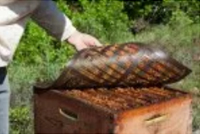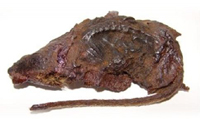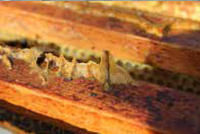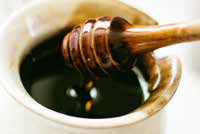您的購物籃內沒有商品!

In Greek, Propolis means "before the City". It's a mix of resinous, sticky and balsamic substances collected by worker bees from the buds of certain trees.
The plant resin used to build up the front of the beehive entrance as a natural barrier to protect the colony against external attacks and predators.
Propolis is a mix of resinous, mastic and balsamic substances collected by bees from the buds of certain plants and trees, e.g. from poplars (especially in the French Propolis).
In recent years, scientific research has focused on Propolis and highlighted its significant potential importance for human wellbeing – it is naturally unique.
Containing other impurities due to beekeeping activities and the bees themselves (wood particles, dead bees, pollen, sand...), Propolis needs to be purified before use.
The Beehive's natural protective barrier
The richness of Propolis comes from the many substances it contains. They include flavonoids, phenolic acids, aromatic acids and many trace elements which make it a product unique in nature.
It is a pretty amber colour and has a viscous consistency. Bees can change the composition of their Propolis by adding secretions and wax.
A number of worker bees specialize in this difficult work. They gather the resin from buds using their tongues, mandibles and rear legs. The Propolis forms large drops which the bees bring back to the hive for several different uses:



Processing and purification by beekeepers
The ideal time to harvest Propolis is during the winter because it comes off of the frames more easily.
Beekeepers harvest Propolis from the hives without disturbing the colonies by:
Beekeepers put the grilles in a freezer where the resin becomes brittle and easier to remove. The quantity collected depends on the surrounding vegetation and the bee species. The "Caucasian" bee yields the best harvests. Each harvest provides between 100g and 300g on average per hive per year. That's an indication of just how rare and noble Propolis is!



Ancient origins
The Egyptians, Romans and Greeks were the first civilizations to discover a passion for the Propolis plant resin.
Today
Nowadays, scientists are very interested in Propolis. They have been seeking to uncover its secrets since the 1970s. Its properties continue to astound us. Many studies have been done, gradually revealing the many benefits of this incredible resin.
The Propolis Intense product line contains Propolis in different forms, reflecting Propolia's know-how in creating extracts for your daily use: Powders, Mother Tincture, Solutions and Capsules.